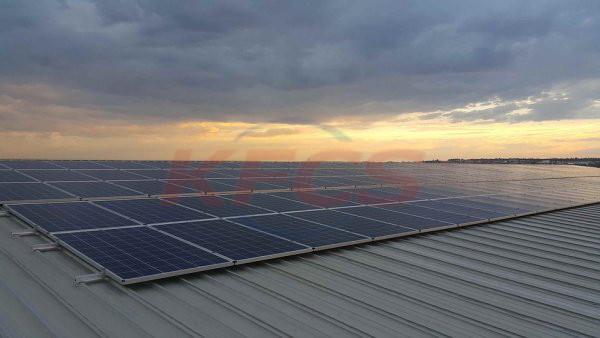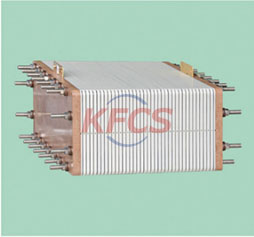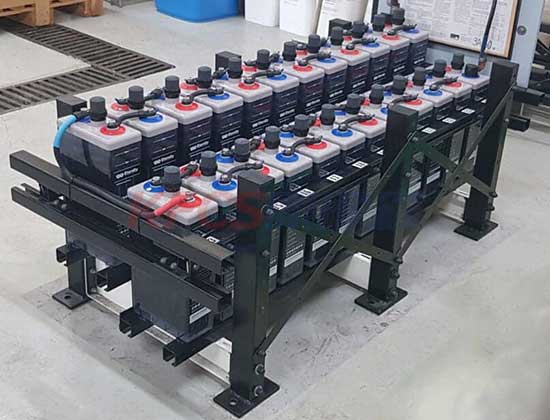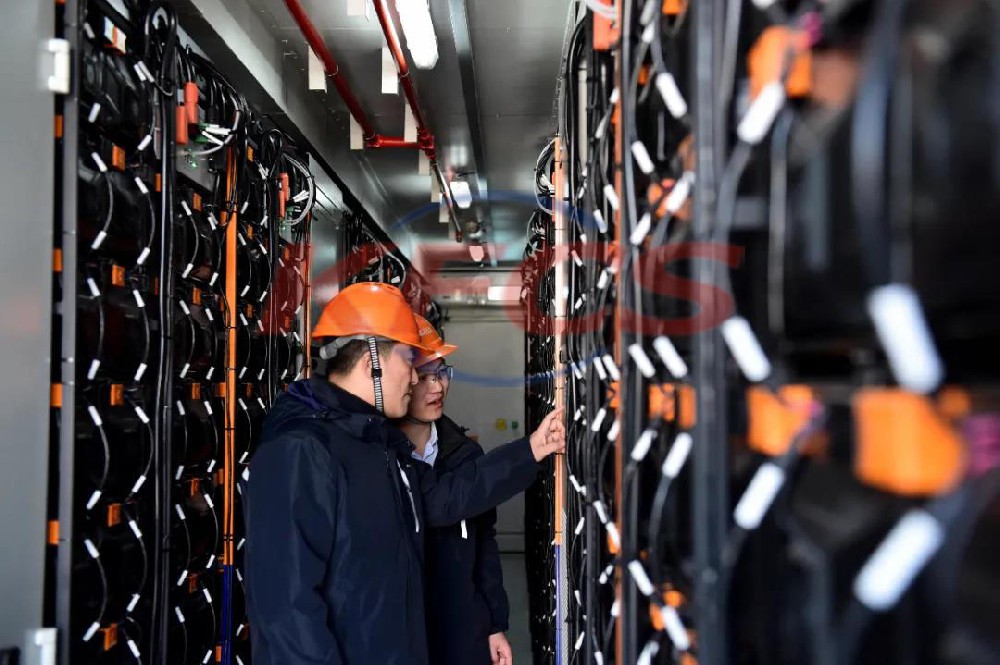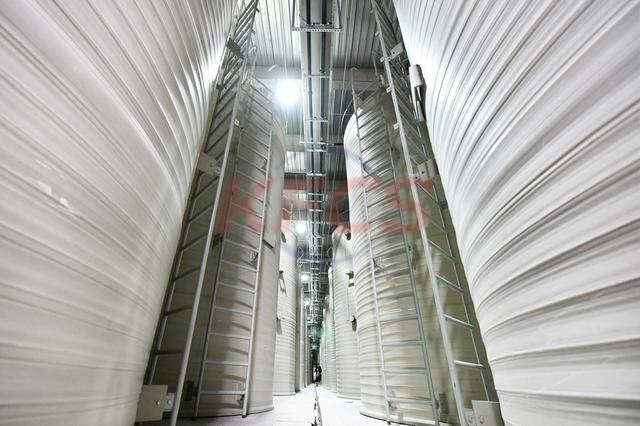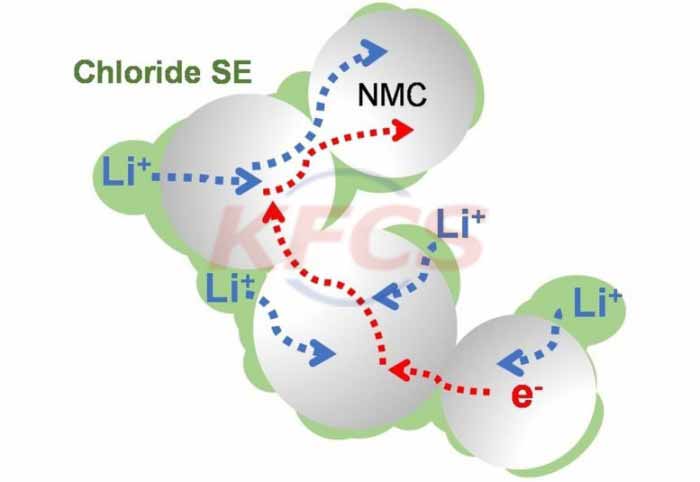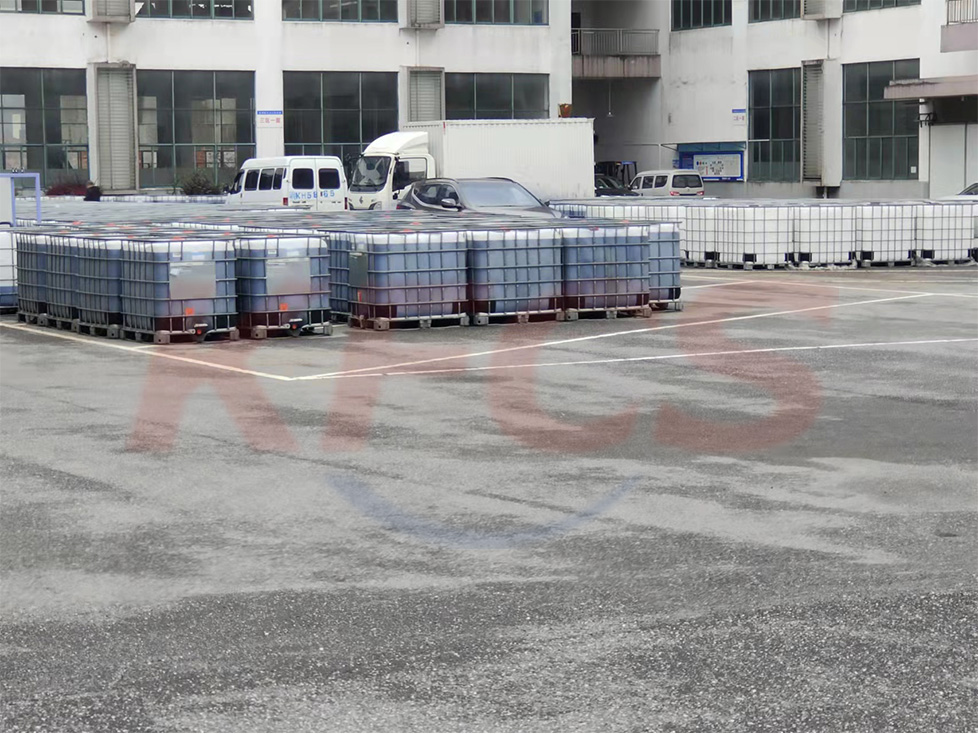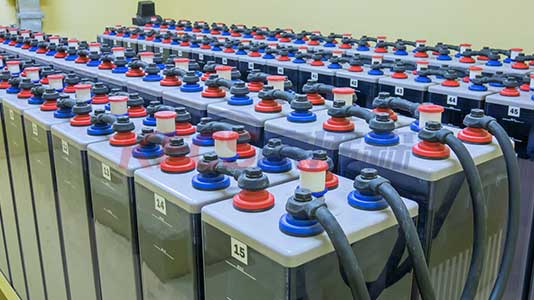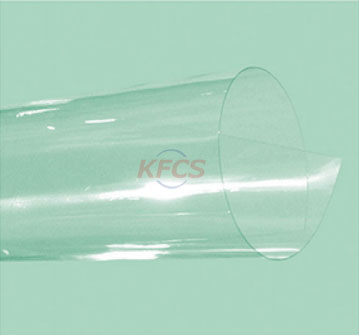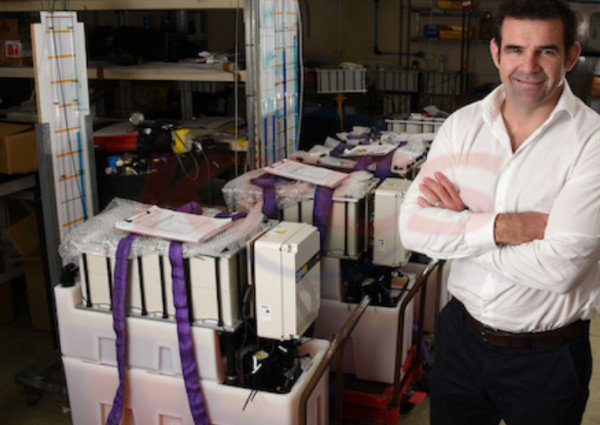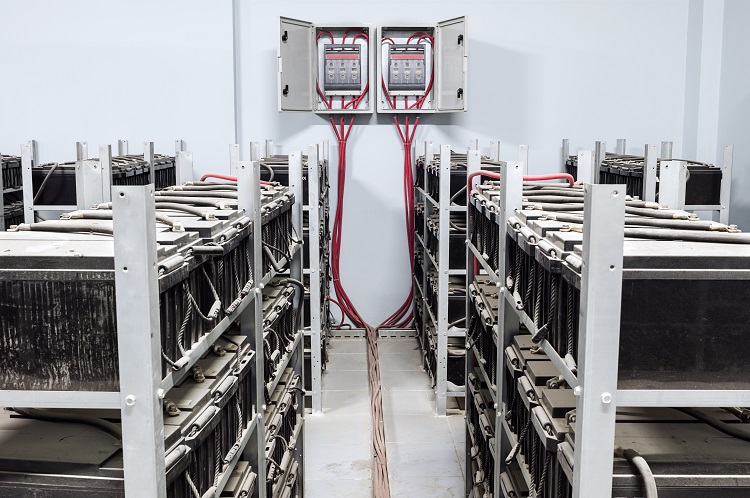Photovoltaic effect
P-N junction
The principle of solar cell power generation is to directly convert solar radiation into electricity based on the photovoltaic effect of semiconductors. The number of electrons in a crystal always corresponds to the number of nuclear charges, so P-type and N-type silicon are electrically neutral to the outside. If P-type silicon or N-type silicon is exposed to sunlight, it is only heated, and no change can be seen from the outside. Although electrons are released from chemical bonds by the energy of light, thereby creating electron-hole pairs, within a very short time (in the μS range) the electrons are captured again, ie electron and hole "recombination".
When P-type and N-type semiconductors are combined, a special thin layer is formed in the interface area of the two semiconductors. The P-type side of the interface is negatively charged and the N-type side is positively charged. This is because the P-type semiconductor has many holes and the N-type semiconductor has many free electrons, resulting in a concentration difference. The electrons in the N region will diffuse into the P region, and the holes in the P region will diffuse into the N region. Once diffused, an "internal electric field" directed from the N to the P is formed, thereby preventing the diffusion. After reaching equilibrium, such a special thin layer is formed to form a potential difference, which is the PN junction.
So far, most solar cell manufacturers have formed an N-type region on a P-type silicon wafer through a diffusion process, and a P-N junction (ie, N+/P) is formed at the junction of the two regions. The basic structure of a solar cell is a large-area planar PN junction.
If light strikes a solar cell and the light is absorbed at the interface layer, photons with sufficient energy can excite electrons from covalent bonds in both P-type and N-type silicon, resulting in electron-hole pairs. The electrons and holes near the interface layer will be separated from each other by the electric field effect of space charges before recombination. Electrons move toward the positively charged N region and holes toward the negatively charged P region. Charge separation through the interface layer will generate an outwardly measurable voltage between the P and N regions. At this time, electrodes can be added to both sides of the silicon wafer and connected to a voltmeter. For crystalline silicon solar cells, the typical value of the open circuit voltage is 0.5 to 0.6V. The more electron-hole pairs generated by light on the interface layer, the greater the current flow. The more light energy absorbed by the interface layer, the larger the interface layer, ie the cell area, and the greater the current formed in the solar cell.

